On Friday the second of September a second Spiny Seahorse fry was found by fishermen 4 miles out from East Preston in West Sussex.
Graham Andrews and long term friend Tim who owns the fishing boat Charlie Girl got the surprise of their fishing life’s when they reeled their lines in to clear snagged Thong weed and found a 5cm long Spiny Seahorse curled up tightly on the weight at the end of their line. The diminutive Seahorse; the second only fry found in England seemed a little shocked by its ordeal but fisherman Graham had the presence of mind to take a number of pictures and then return the baby seahorse back into the water, who would have drifted back down to the depths to hide amongst the weed again, hoping not to be found.
Trust experts think that the tiny baby; known as a fry was a female, although at her age which would be about 8 weeks she is not sexually mature which happens at about 6 months.
Graham contacted The Seahorse Trust who run the British Seahorse Survey and reported his amazing find so it could be added to the National Seahorse Database run by the trust.
Without fishermen, divers and others submitting sightings to the database the trust would not be able to protect seahorses in the wild here in England and Wales. By volunteers and others submitting their sightings The Seahorse Trust had both British Seahorses added to the Wildlife and Countryside Act where they have the same protection as Otters, great crested Newts and water Voles.
Here at the trust we are grateful to Graham, Tim and others who have helped us to make such a difference.
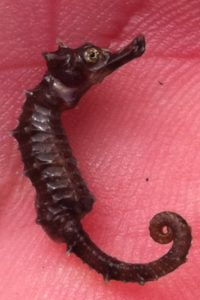

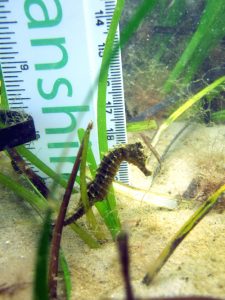
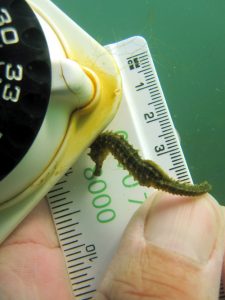
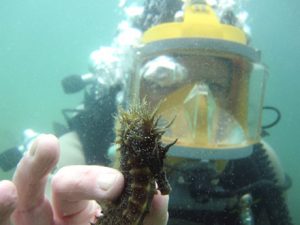
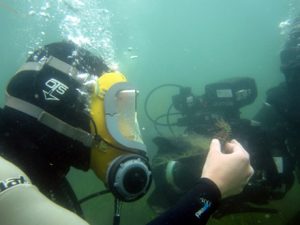
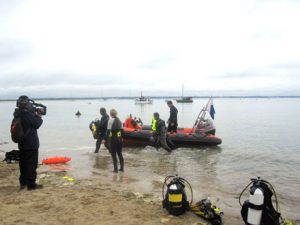
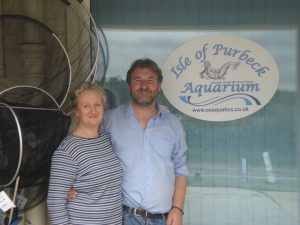
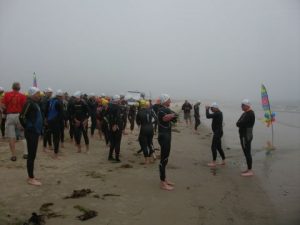
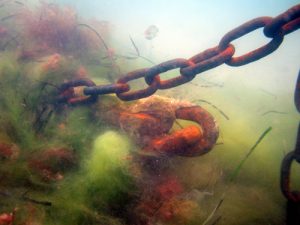
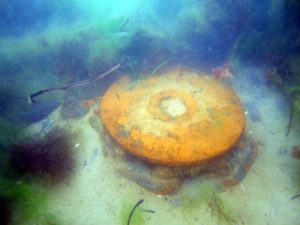
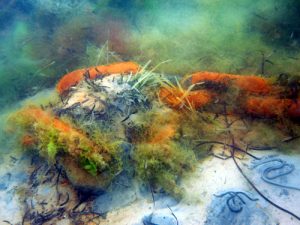
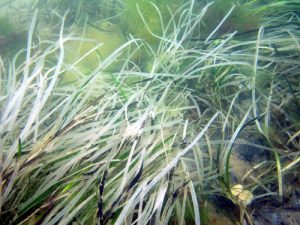
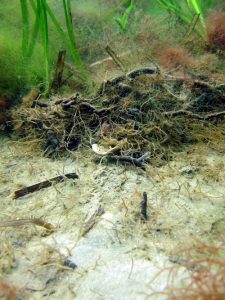
 Steve holding a Seahorse prior to its profile picture being taken.
Steve holding a Seahorse prior to its profile picture being taken.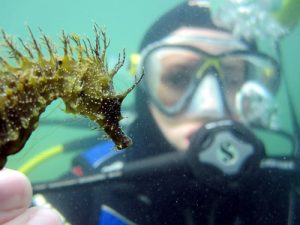
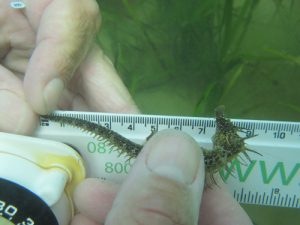
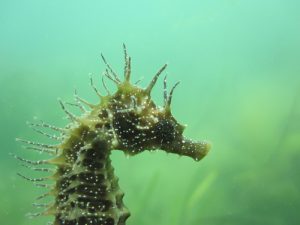


Recent Comments